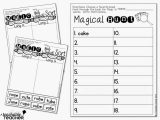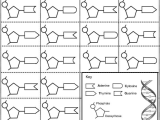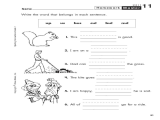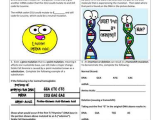Welcome to our comprehensive guide and worksheet on DNA replication, where we’ll explore the fascinating process by which cells duplicate their genetic material. Whether you’re a student brushing up on biology basics or a curious mind delving into the wonders of molecular biology, this resource is designed to provide you with a thorough understanding of DNA replication while offering interactive exercises to reinforce your knowledge.
Understanding DNA Replication
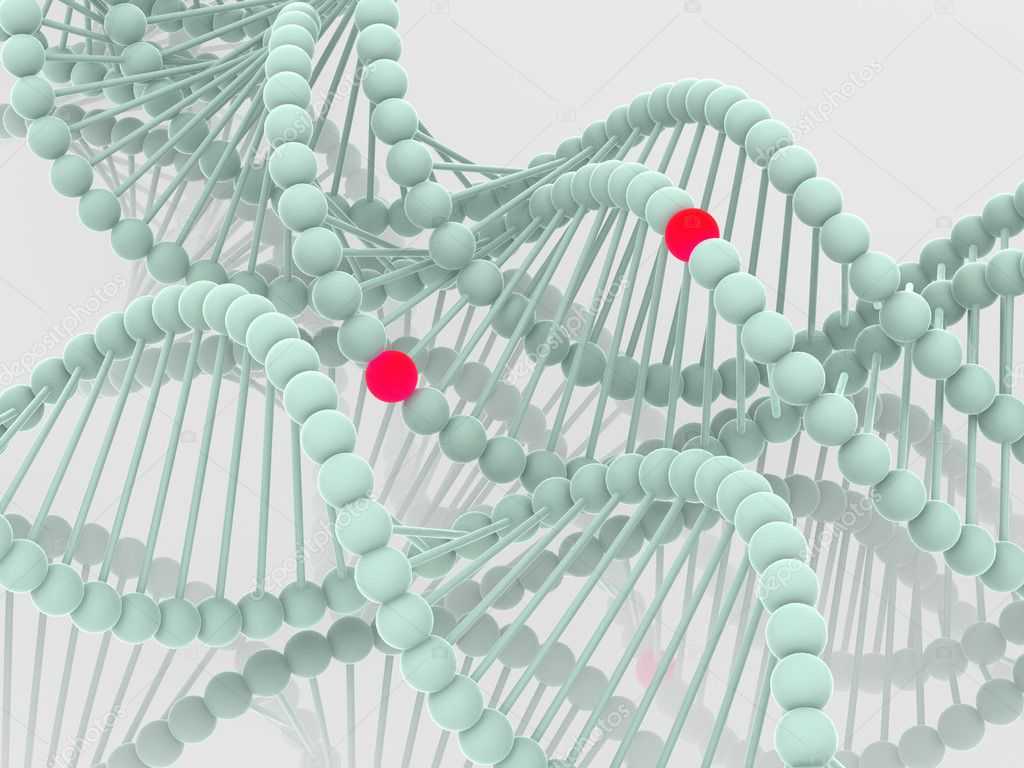
DNA replication is a fundamental process that occurs in all living organisms, allowing them to pass genetic information from one generation to the next. It is a precise and intricate mechanism that ensures the faithful transmission of genetic material during cell division.
At its core, DNA replication involves the duplication of a cell’s entire genome, which consists of long strands of DNA molecules. This process occurs before cell division, ensuring that each daughter cell receives an identical copy of the genetic material.
The Steps of DNA Replication
- Initiation: DNA replication begins at specific sites on the DNA molecule called origins of replication. Enzymes called helicases unwind and separate the double helix structure of the DNA, creating a replication fork.
- Elongation: Once the DNA strands are unwound, enzymes known as DNA polymerases catalyze the synthesis of new DNA strands. These polymerases add nucleotides to the growing DNA strands in a complementary fashion, following the base-pairing rules (A pairs with T, and G pairs with C).
- Termination: DNA replication continues bidirectionally along the DNA strands until the entire molecule is replicated. At specific termination sites, the newly synthesized strands are released, and the process is complete.
Interactive Worksheet: Reinforce Your Understanding
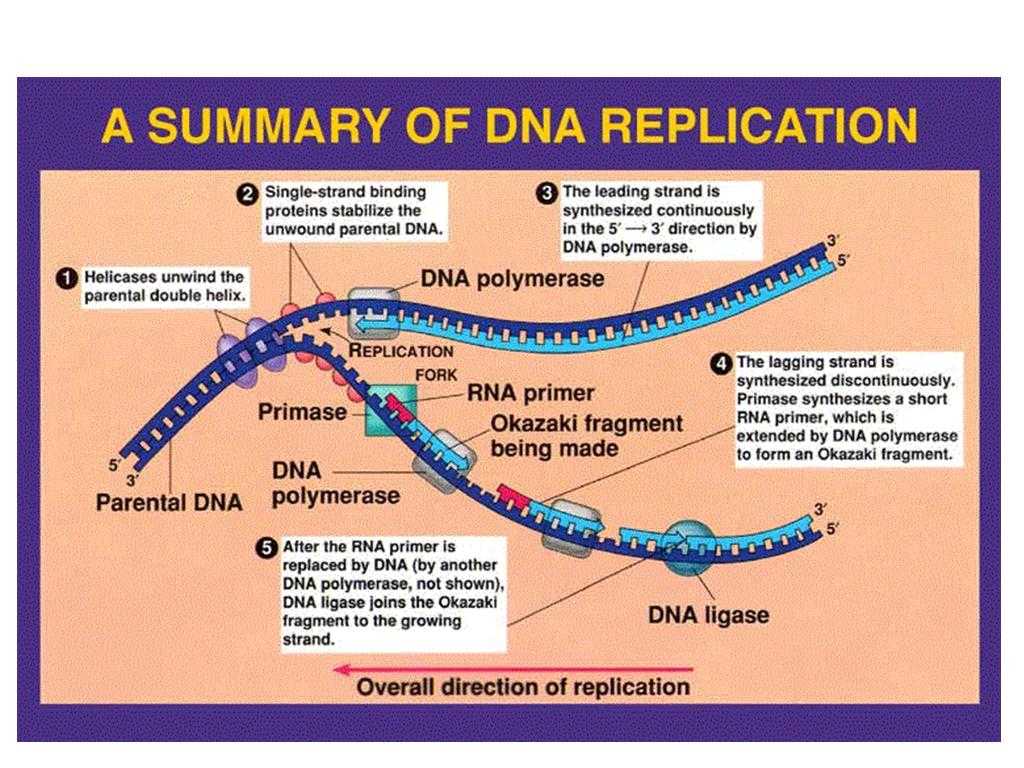
Now that we’ve covered the basics of DNA replication, it’s time to put your knowledge to the test with our interactive worksheet. This worksheet is designed to reinforce key concepts and help you solidify your understanding of DNA replication.
Worksheet Questions:
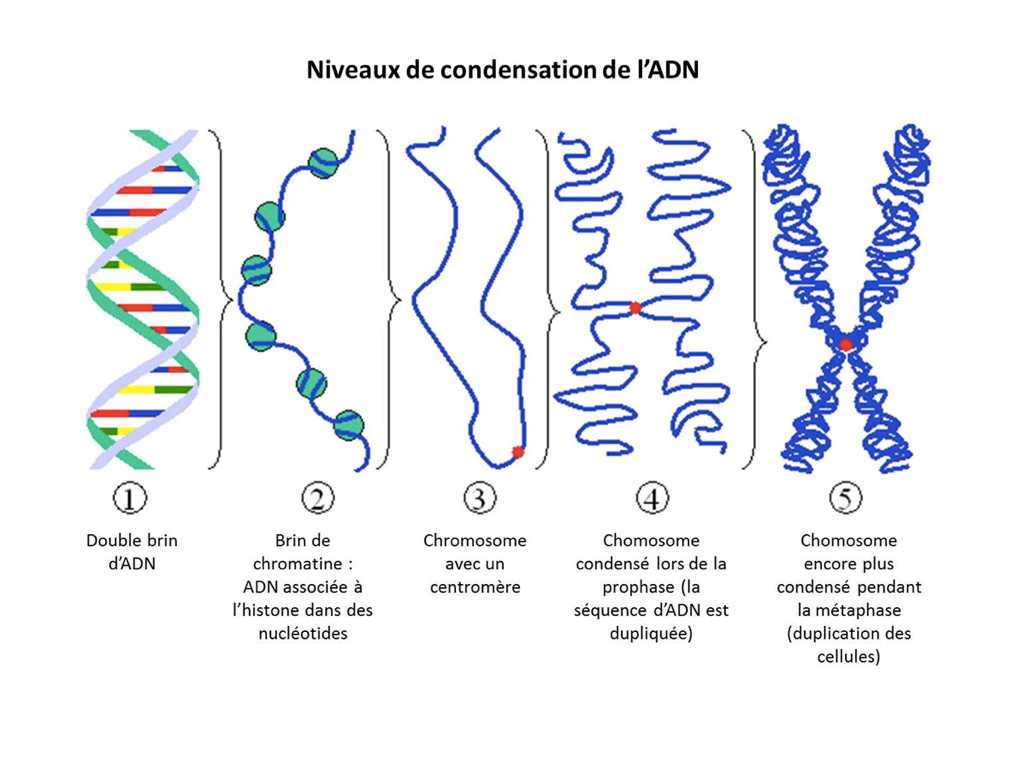
- What is the role of helicase in DNA replication?
- Describe the process of elongation during DNA replication.
- How do DNA polymerases ensure the accuracy of DNA replication?
- Identify the key steps of DNA replication and explain their significance.
- What would happen if DNA replication were to occur incorrectly?
Advanced Concepts and Further Exploration
For those eager to delve deeper into the world of DNA replication, there are several advanced concepts and areas of exploration worth considering:
- DNA Repair Mechanisms: While DNA replication is a highly accurate process, errors can still occur. Explore the various mechanisms cells employ to repair damaged DNA and maintain genomic integrity.
- Regulation of DNA Replication: Learn about the regulatory mechanisms that control the timing and frequency of DNA replication in different cell types and under varying environmental conditions.
- Replication in Eukaryotic Cells: Dive into the nuances of DNA replication in eukaryotic cells, including the organization of DNA into chromatin and the roles of histones and other proteins in the replication process.
- DNA Replication and Disease: Investigate how defects in DNA replication machinery can lead to genetic disorders and diseases such as cancer. Understanding these connections may offer insights into potential therapeutic strategies.
- Emerging Technologies: Stay abreast of the latest technological advancements in the field of DNA replication research, such as single-molecule imaging techniques and high-throughput sequencing methods.
Conclusion
DNA replication is a marvel of molecular biology, representing the cornerstone of genetic inheritance and cellular reproduction. By mastering the intricacies of this process, we gain a deeper appreciation for the complexity and elegance of life itself.
We hope this guide and accompanying worksheet have sparked your curiosity and provided a solid foundation for further exploration. Remember to approach the study of DNA replication with a sense of wonder and curiosity, and never hesitate to ask questions and seek out new knowledge.
Continue your journey of discovery on Semesprit.com, where you’ll find a wealth of resources and interactive tools to expand your understanding of biology, genetics, and the natural world. Happy exploring!

